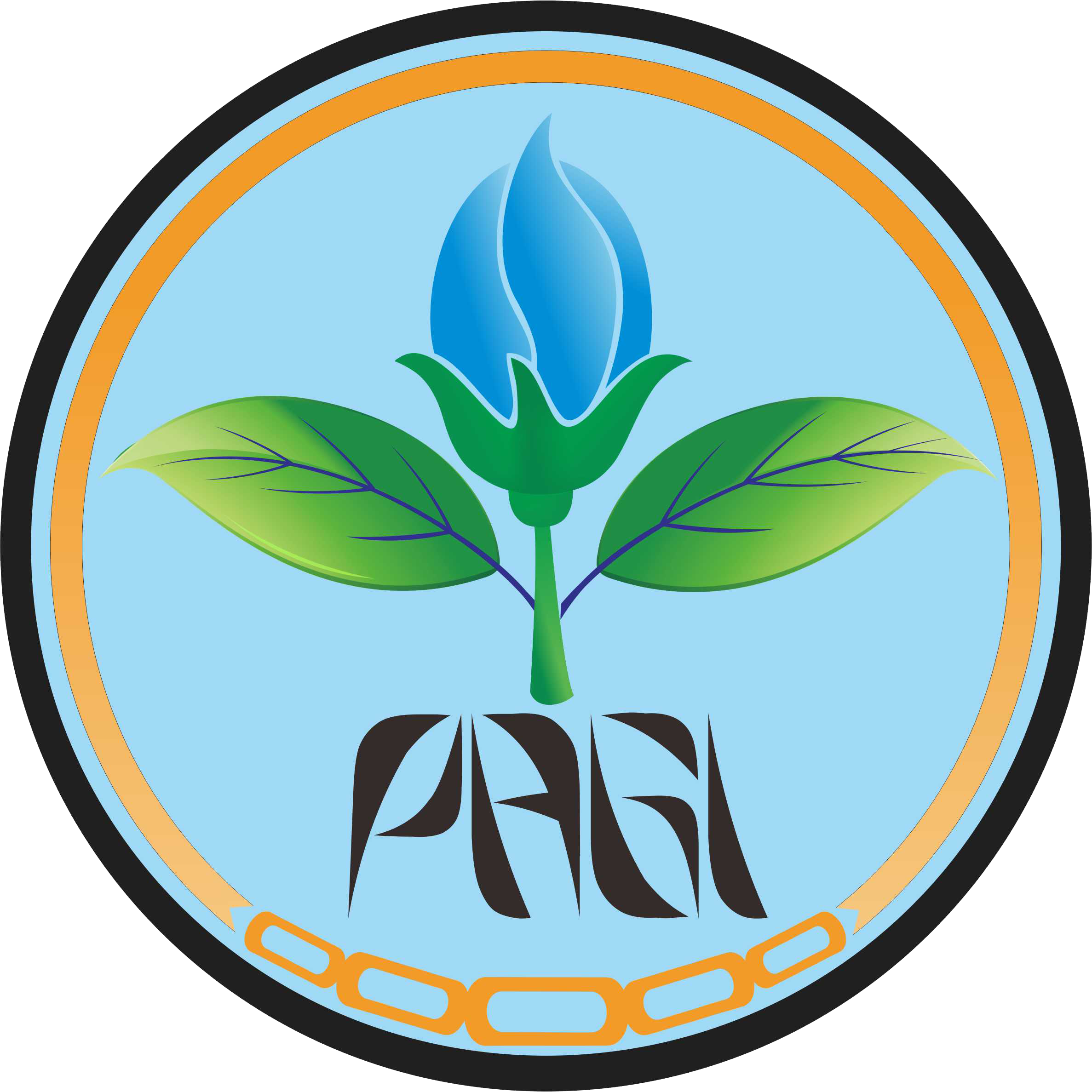Respons Pertumbuhan, Produksi, dan Kandungan Flavonoid Bawang Dayak (Eleutherine palmifolia) terhadap Pengendalian Gulma dan Jarak Tanam
Abstract
Keywords
Full Text:
PDF(ID)References
Abadi IJ, Sebayang HT, Widaryanto E. 2013. Pengaruh Jarak Tanam dan Teknik Pengendalian Gulma Pada Pertumbuhan dan Hasil Tanaman Ubi Jalar (Ipomoea batatas L.). J Produksi Tanam. 1(2):8–16.
Abdillah MG, Purnawanto AM, Budi GP. 2016. Periode Kritis Tanaman Bawang Merah Varietas Bima (Allium ascalonicum L.) terhadap Persaingan Gulma. AGRITECH. XVIII(1):30–38.
Ai NS, Torey P. 2013. Karakter Morfologi Akar sebagai Indikator Kekurangan Air pada Tanaman. J Bios Logos. 3(1):31–39. doi:10.35799/jbl.3.1.2013.3466.
Arumsari T, Suwarto . 2018. Pengaruh Pupuk Nitrogen dan Jarak Tanam terhadap Pertumbuhan dan Produksi Talas Belitung (Xanthosoma sagittifolium (L.) Schott). Bul Agrohorti. 6(1):120–130. doi:10.29244/agrob.v6i1.17591.
Asbur Y, Purwaningrum Y, Rambe RDH, Kusbiantoro D, Hendrawan D, Khairunnisyah. 2019. Studi Jarak Tanam dan Naungan terhadap Pertumbuhan dan Potensi Asystasia gangetica (L.) T. Anderson sebagai Tanaman Penutup Tanah. Kultivasi. 18(3):969–976. doi:10.24198/kultivasi.v18i3.21422.
Burke IC, Thomas WE, Spears JF, Wilcut JW. 2003. Influence of environmental factors on broadleaf signalgrass (Brachiaria platyphylla) germination. Weed Sci. 51(5):683–689. doi:10.1614/0043-1745(2003)051[0683:IOEFOB]2.0.CO;2.
Ekawati R. 2018. Pertumbuhan, Produksi Umbi dan Kandungan Flavonoid Bawang Dayak dengan Pemberian Pupuk Daun. Agrosintesa J Ilmu Budid Pertan. 1(1):1–9. doi:10.33603/.v1i1.1359.
Głowacka A. 2011. Dominant Weeds in Maize (Zea mays L.) Cultivation and their Competitiveness under Conditions of Various Methods of Weed Control. Acta Agrobot. 64(2):119–126. doi:10.5586/aa.2011.023.
Hardiman T, Islami T, Sebayang HT. 2014. Pengaruh Waktu Penyiangan Gulma pada Sistem Tanam Tumpangsari Kacang Tanah (Arachis hypogaea L.) dengan Ubi Kayu (Manihot esculenta Crantz.). J Produksi Tanam. 2(2):111–120.
Ibrahim MH, Jaafar HZE. 2012. Primary, Secondary Metabolites, H2O2, Malondialdehyde and Photosynthetic Responses of Orthosiphon stimaneus Benth. to Different Irradiance Levels. Molecules. 17:1159–1176. doi:10.3390/molecules17021159.
Kuntorini EM, Astuti MD, Nugroho LH. 2010. Struktur anatomi dan aktivitas antioksidan bulbus bawang dayak (Eleutherine americana Merr.) dari daerah Kalimantan Selatan. Berk Penel Hayati. 16(1):1–7. doi:10.23869/bphjbr.16.1.20101.
Kusmiadi R, Ona C, Saputra E. 2015. Pengaruh Jarak Tanam dan Waktu Penyiangan terhadap Pertumbuhan dan Produksi Bawang Merah (Allium salonicum L.) pada Lahan Ultisol di Kabupaten Bangka. Enviagro, J Pertan dan Lingkung. 8(2):63–71.
Lucito WC, Soejono AT, Santosa TNB. 2017. Komposisi Gulma pada Arah Kemiringan yang Berbeda di Perkebunan Kelapa Sawit. J Agromast. 2(2):1–10.
Mawazin M, Suhaendi H. 2008. Pengaruh Jarak Tanam terhadap Pertumbuhan Diameter Shorea parvifolia Dyer. J Penelit Hutan dan Konserv Alam. 5(4):381–388. doi:10.20886/jphka.2008.5.4.381-388.
Meda A, Euloge C, Romito M, Millogo J, Germaine O. 2005. Food Chemistry Determination of the total phenolic , flavonoid and proline contents in Burkina Fasan honey, as well as their radical scavenging activity. 91:571–577. doi:10.1016/j.foodchem.2004.10.006.
Nasution RMF, Mawarni L, Haryati. 2016. Pengaruh Populasi dan Pemberian Pukan Ayam Terhadap Pertumbuhan dan Produksi Bawang Merah (Allium ascalonicum L.). Agroekoteknologi. 4(4):2293–2299.
Puspadewi R, Adirestuti P, Menawati R. 2013. Khasiat umbi bawang dayak (Eleutherine palmifolia (L.) Merr. sebagai herbal antimikroba kulit. Kartika J Ilm Farm. 1(1):31–37. doi:10.26874/kjif.v1i1.33-40.
Saragih R, Damanik BSJ, Siagian B. 2014. Pertumbuhan dan Produksi Bawang merah dengan Pengolahan Tanah yang Berbeda dan Pemberian pupuk NPK. J Online Agroekoteknologi. 2(2):712–725.
Sari DM, Sembodo DRJ, Hidayat KF. 2016. Pengaruh Jenis dan Tingkat Kerapatan Gulma terhadap Pertumbuhan Awal Tanaman Ubikayu (Manihot esculenta Crantz) Klon UJ-5 (Kasetsart). J Agrotek Trop. 4(1):1–6.
Sari VI, Gultom PP, Harahap P. 2018. Pertumbuhan dan Perkembangan Tanaman Kelapa Sawit (Elaeis guineensis Jacq.) dengan Pemberian Bioherbisida Saliara (Lantana camara) sebagai Metode Alternatif Pengendalian Gulma. Agrosintesa J Ilmu Budid Pertan. 1(2):52–60. doi:10.33603/.v1i2.1927.
Setyorini SD, Yusnawan E. 2016. Peningkatan Kandungan Metabolit Sekunder Tanaman Aneka Kacang sebagai Respon Cekaman Biotik. Iptek Tanam Pangan. 11(2):167–174.
Tampubolon K, Sihombing FN, Purba Z, Samosir STS, Karim S. 2018. Potensi metabolit sekunder gulma sebagai pestisida nabati di Indonesia. Kultivasi. 17(3):683–693. doi:10.24198/kultivasi.v17i3.18049.
Wahyudin A, Ruminta, Nursaripah SA. 2016. Pertumbuhan dan Hasil Tanaman Jagung (Zea mays L.) Toleran Terbisida Akibat Pemberian berbagai Dosis Herbisida Kalium Glifosat. Kultivasi. 15(2):86–91. doi:10.24198/kultivasi.v15i2.11867.
Wulandari R, Suminarti NE, Sebayang HT. 2016. Pengaruh Jarak Tanam dan Frekuensi Penyiangan Gulma pada Pertumbuhan dan Hasil Tanaman Bawang Merah (Allium ascalonicum). J Produksi Tanam. 4(7):547–553.
Yudianto AA, Fajriani S, Aini N. 2015. Pengaruh Jarak Tanam dan Frekuensi Pembumbunan terhadap Pertumbuhan dan Hasil Tanaman Garut (Marantha arundinaceae L.). J Produksi Tanam. 3(3):172–181.
Refbacks
- There are currently no refbacks.






